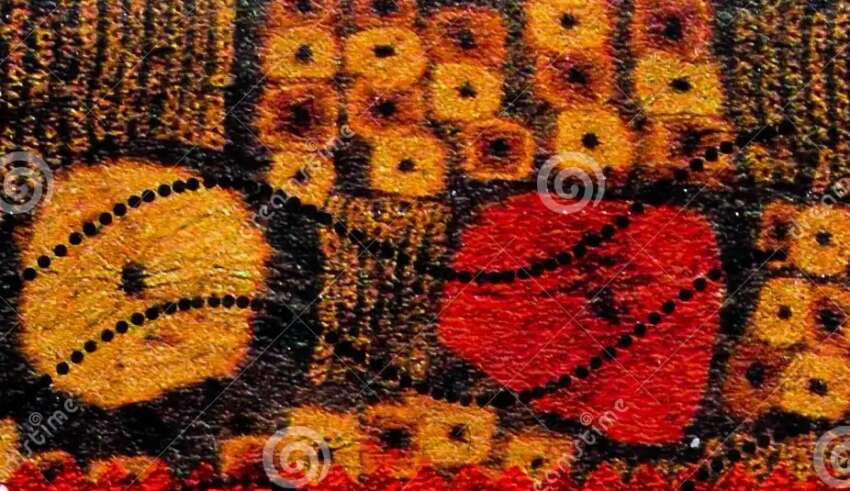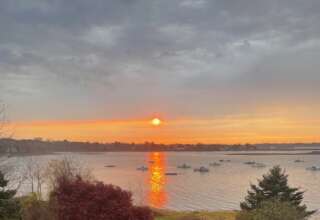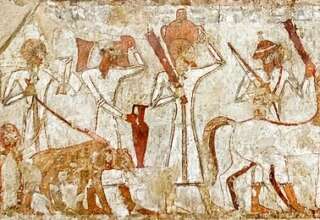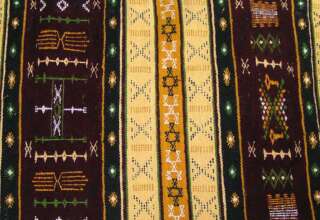
Ivory Coast is a republic with strong executive power vested in its president. Through the production of coffee and cocoa, it was an economic powerhouse in West Africa during the 1960s and 1970s, then experienced an economic crisis in the 1980s, contributing to a period of political and social turmoil that extended until 2011. Ivory Coast has again experienced high economic growth since the return of peace and political stability in 2011. From 2012 to 2023, the economy grew by an average of 7.1% per year in real terms, the second-fastest rate of economic growth in Africa and fourth-fastest rate in the world.[13] In 2023, Ivory Coast had the second-highest GDP per capita in West Africa, behind Cape Verde.[14] Despite this, as of the most recent survey in 2016, 46.1% of the population continues to be affected by multidimensional poverty. As of 2023, Ivory Coast is the world’s largest exporter of cocoa beans and has high levels of income for its region. The economy still relies heavily on agriculture, with smallholder cash-crop production predominating.
Originally, Portuguese merchant-explorers in the 15th and 16th centuries divided the west coast of Africa, very roughly, into four “coasts” reflecting resources available from each coast. The coast which they named the Costa do Marfim—meaning “Coast of Ivory”, and translated into French as Côte d’Ivoire—lay between what was known as the Guiné de Cabo Verde, so-called “Upper Guinea” at Cap-Vert, and Lower Guinea. There was also a Pepper Coast, also known as the “Grain Coast” (present-day Liberia), a “Gold Coast” (Ghana), and a “Slave Coast” (Togo, Benin and Nigeria). Like those, the name “Ivory Coast” reflected the major trade that occurred on that particular stretch of the coast: the export of ivory.
History
The first human presence in Ivory Coast has been difficult to determine because human remains have not been well preserved in the country’s humid climate. However, newly found weapon and tool fragments (specifically, polished axes cut through shale and remnants of cooking and fishing) have been interpreted as a possible indication of a large human presence during the Upper Paleolithic period (15,000 to 10,000 BC), or at the minimum, the Neolithic period.
The first recorded history appears in the chronicles of North African (Berber) traders, who, from early Roman times, conducted a caravan trade across the Sahara in salt, slaves, gold, and other goods. The southern termini of the trans-Saharan trade routes were located on the edge of the desert, and from there supplemental trade extended as far south as the edge of the rainforest. The most important terminals—Djenné, Gao, and Timbuctu—grew into major commercial centres around which the great Sudanic empires developed. By controlling the trade routes with their powerful military forces, these empires were able to dominate neighbouring states. The Sudanic empires also became centres of Islamic education. IIslam had been introduced in the western Sudan by Muslim Berbers; it spread rapidly after the conversion of many important rulers. From the 11th century, by which time the rulers of the Sudanic empires had embraced Islam, it spread south into the northern areas of contemporary Ivory Coast.
The dense rainforest covering the southern half of the country created barriers to the large-scale political organisations that had arisen in the north. Inhabitants lived in villages or clusters of villages; their contacts with the outside world were filtered through long-distance traders. Villagers subsisted on agriculture and hunting. Compared to neighbouring Ghana, Ivory Coast, though practising slavery and slave raiding, suffered little from the slave trade. European slave and merchant ships preferred other areas along the coast. The Europeans suppressed the local practice of slavery at this time and forbade the trade to their merchants. Activity along the coast stimulated European interest in the interior, especially along the two great rivers, the Senegal and the Niger. Concerted French exploration of West Africa began in the mid-19th century but moved slowly, based more on individual initiative than on government policy.






